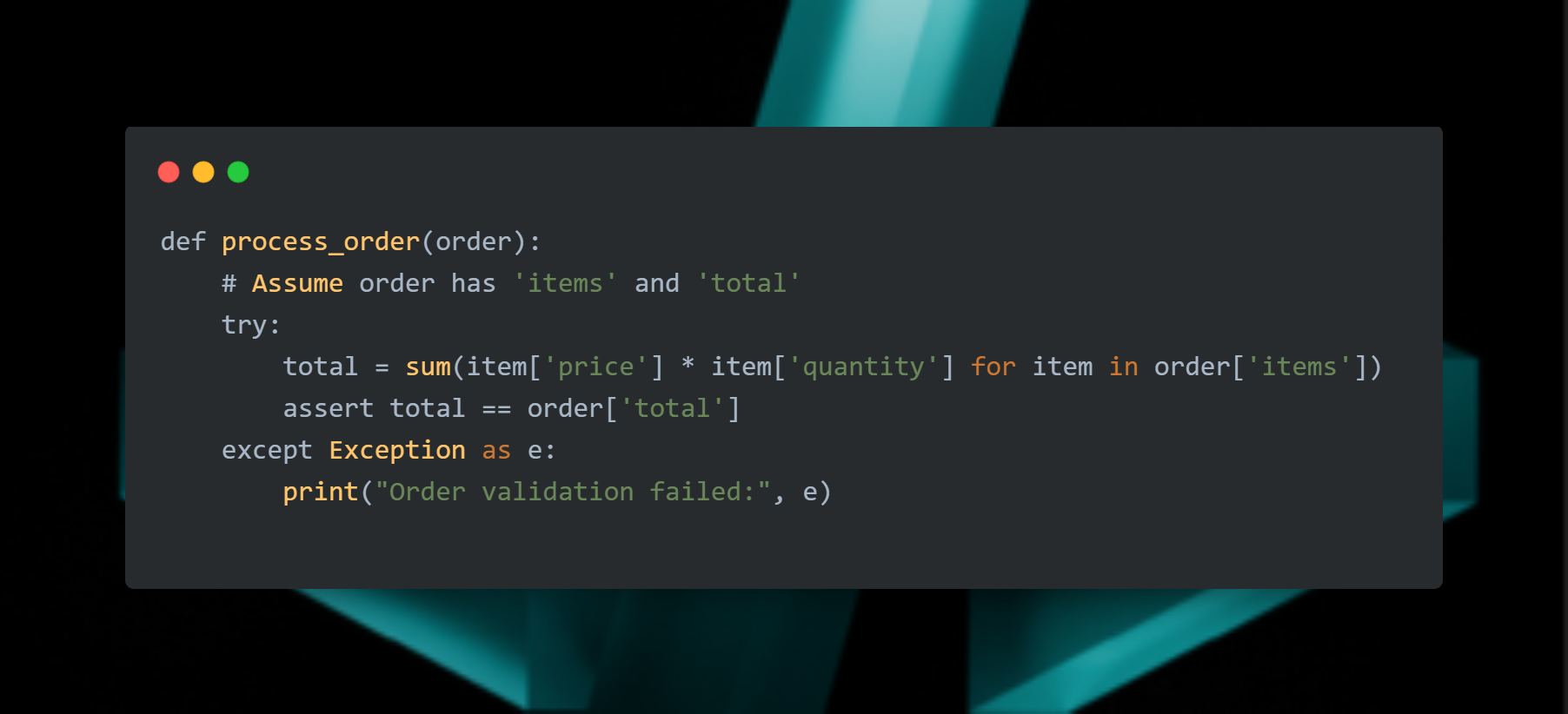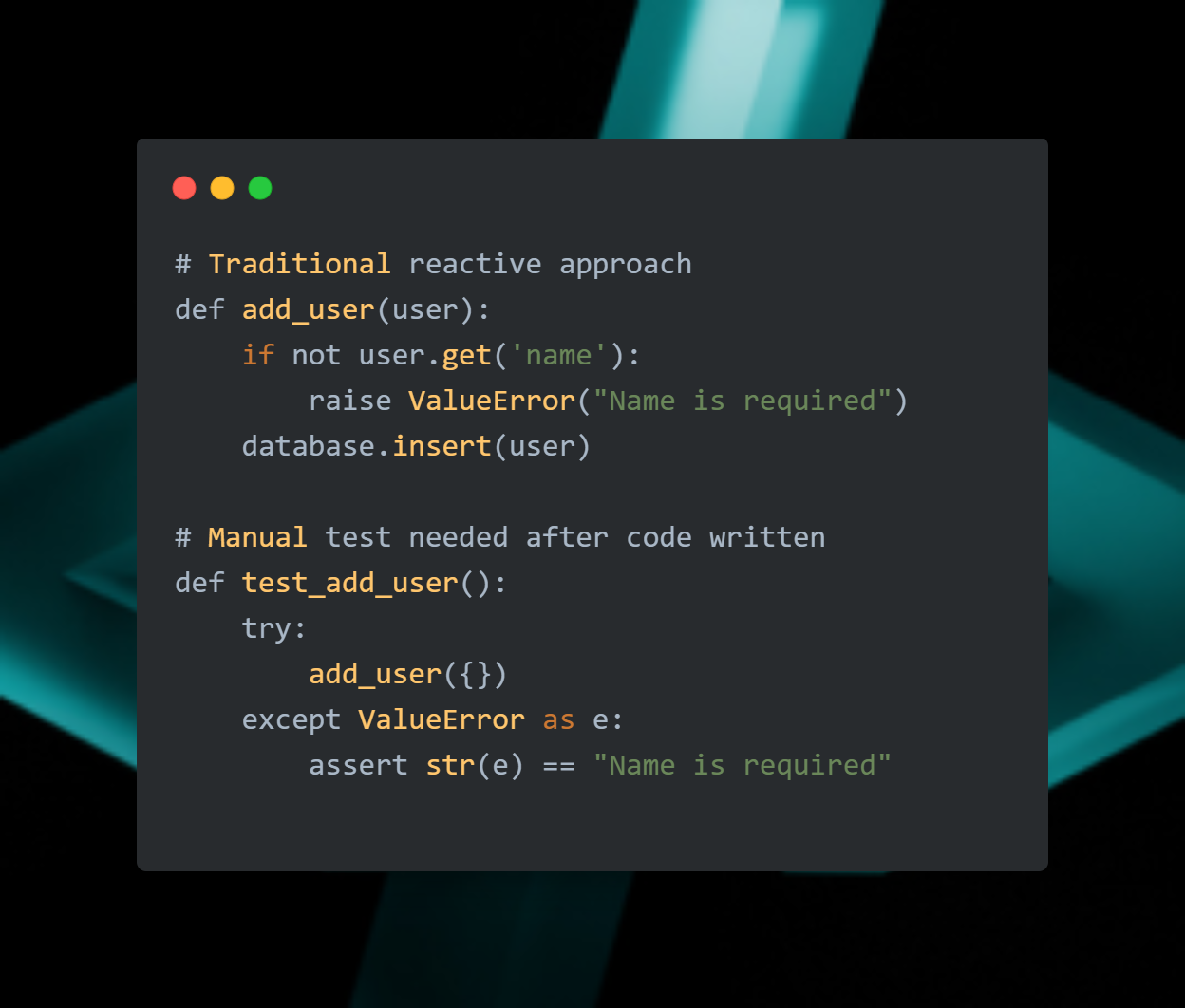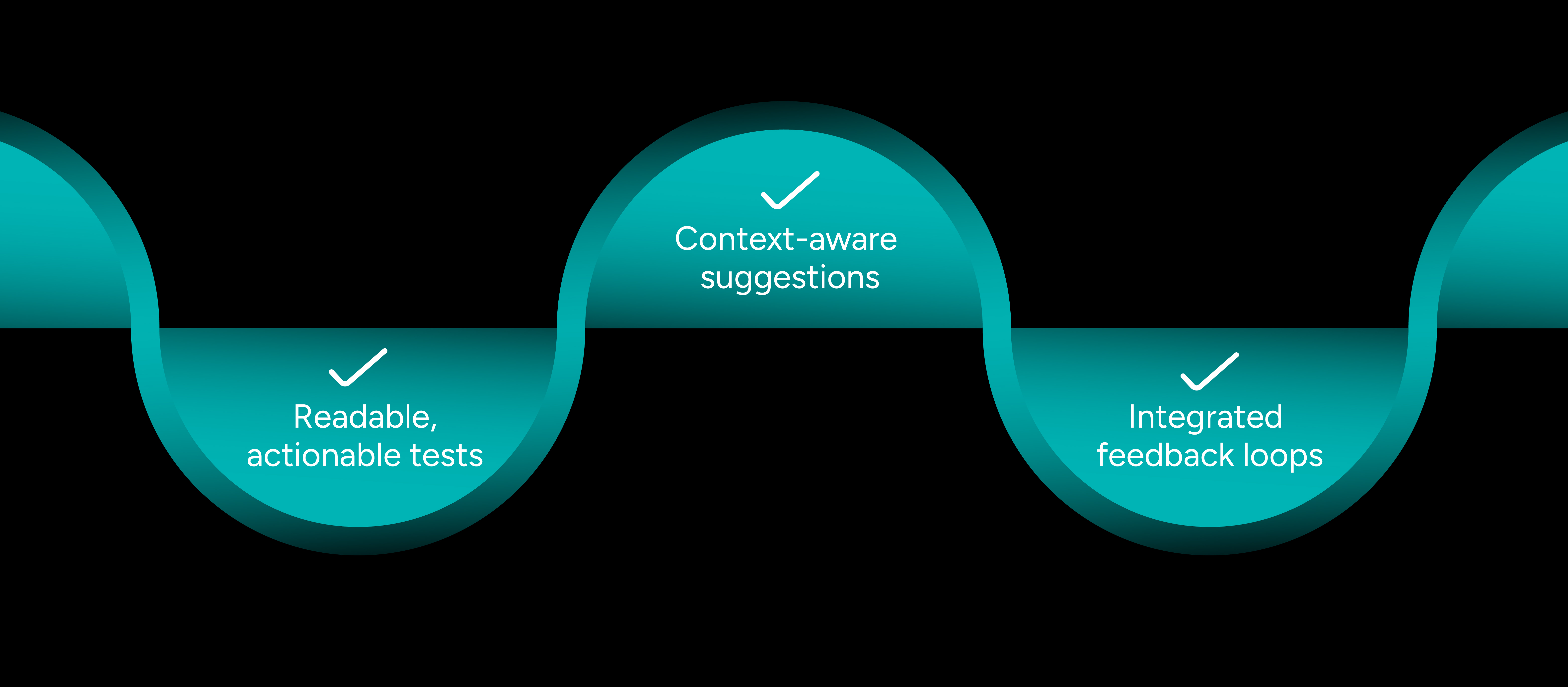December 12, 2025
In the fast-paced world of software development, the old paradigm of reactive testing is no longer sufficient. As developers, we’ve all been there, deploying code, waiting for CI/CD pipelines to flag issues, and then scrambling to fix them. Reactive testing is inherently lagging; it waits for bugs to surface, then responds. But what if we could anticipate potential issues before they even appear? That’s where Testspell comes into play, transforming traditional QA into predictive, continuous quality assurance.
The Developer’s Pain with Reactive Testing
Let’s face it: reactive testing slows us down. Writing unit tests after coding features, debugging after failed integration tests, and manually checking edge cases consumes time we could spend building features. Even when using robust CI/CD pipelines, reactive QA often results in:
- Delays in release cycles
- Friction in collaboration between teams
- Missed edge cases that only appear in production
Here’s a common scenario:

In reactive QA, this function is deployed, and issues are discovered only when failing orders are reported. The feedback loop is slow and expensive, especially on scale.
Enter Predictive QA
Predictive QA flips this process on its head. Instead of waiting for failures, the system anticipates potential bugs, tests scenarios proactively, and suggests fixes. Testspell embodies this principle, acting as an AI-driven QA co-pilot that integrates seamlessly into developers’ workflows.
With predictive QA, developers can:
- Generate intelligent tests from requirements
Testspell can parse user stories, JIRA tickets, or feature specifications to automatically generate unit, integration, and edge-case tests. This eliminates guesswork and reduces manual effort.
2. Adapt tests based on code changes
Every commit can trigger Testspell to evaluate the impact of changes, automatically suggesting or generating new tests to cover modified paths.
- Ensure continuous coverage
Instead of sporadic testing, Testspell enables continuous QA, making sure your codebase remains resilient even as it scales.
How Testspell Fits into a Developer’s Workflow
Imagine the shift from writing tests manually to letting Testspell take the lead. Here’s a typical developer scenario:

Now, with Testspell:

No more manually guessing edge cases. No more late-night firefighting after production failures. Testspell anticipates scenarios, generates tests, and provides insights before the code ever hits production.
Continuous Quality at Scale
Scaling development teams often introduces complexity. Multiple engineering, rapid releases, and evolving requirements make maintaining quality a moving target. Testspell addresses this with continuous QA, ensuring that quality doesn’t degrade as scale increases.
Key benefits include:
- Reduced bottlenecks in code reviews: With predictive tests, reviewers focus on logic and architecture instead of manual QA.
- Faster onboarding: New developers can rely on the predictive QA system to understand the project’s test coverage and edge-case scenarios.
The result? A development pipeline where testing is no longer a hurdle but a built-in accelerator.
Humanizing QA: A Developer’s Perspective
One of the most overlooked aspects of QA automation is the human experience. As developers, we want tools that respect our workflow, provide actionable insights, and don’t feel like another layer of bureaucracy. Testspell is designed with this in mind:
- Readable, actionable tests: Generated tests are not cryptic scripts; they’re understandable and maintainable.
- Context-aware suggestions: Testspell considers the full development context, including previous commits, feature specs, and known patterns.
- Integrated feedback loops: Suggestions and tests appear where developers already work, IDE plugins, code reviews, and CI pipelines.
Instead of feeling like QA is an external audit, developers experience collaboration with an intelligent partner.

Code Example: Predictive Testing in Action
Let’s explore a practical example where predictive QA prevents subtle bugs:

In reactive QA, we might only test typical carts:

Testspell, on the other hand, generates predictive tests including edge cases like negative discounts, over-discounted items, and empty carts, ensuring continuous coverage and reliability.

Driving ROI Through Predictive QA
While developers naturally value quality, organizations also care about efficiency, cost, and risk mitigation. Testspell delivers on all fronts:
- Reduced manual QA effort: Less time spent writing, maintaining, and running tests.
- Fewer production bugs: Predictive QA catches issues before deployment.
- Accelerated release cycles: Faster testing feedback reduces overall development time.
- Scalable quality assurance: QA processes grow with your team and codebase without additional overhead.
In essence, predictive QA transforms QA from a reactive, cost-intensive step into a strategic enabler of developer productivity and business growth.
Making the Shift: From Reactive to Predictive
Adopting predictive QA doesn’t require abandoning all traditional practices. Instead, it’s about evolving your approach:
- Start small: Integrate Testspell with one critical module to see immediate benefits.
- Iterate with predictive tests: Review generated tests and refine coverage priorities.
- Expand across projects: Once confident, extend predictive QA across your CI/CD pipelines and multiple projects.
- Measure developer impact: Track metrics like reduced bug fixes, faster onboarding, and fewer rollback incidents.
The goal is not to replace developers but to empower them with foresight and continuous support.
Conclusion
Reactive testing has served developers for decades, but in the era of fast-paced, complex software, predictive QA is no longer optional; it’s essential. Testspell bridges the gap between code creation and robust, reliable releases, enabling developers to maintain continuous quality at scale.
By integrating predictive test generation, intelligent coverage, and seamless workflow integration, Testspell transforms QA from a reactive chore into a proactive, developer-friendly experience. For teams looking to accelerate development without compromising quality, predictive QA isn’t just an improvement; it’s a game changer.
Take the leap today; let Testspell handle the predictive QA, so you can focus on what you do best: building great software.


.png)






.png)
.png)